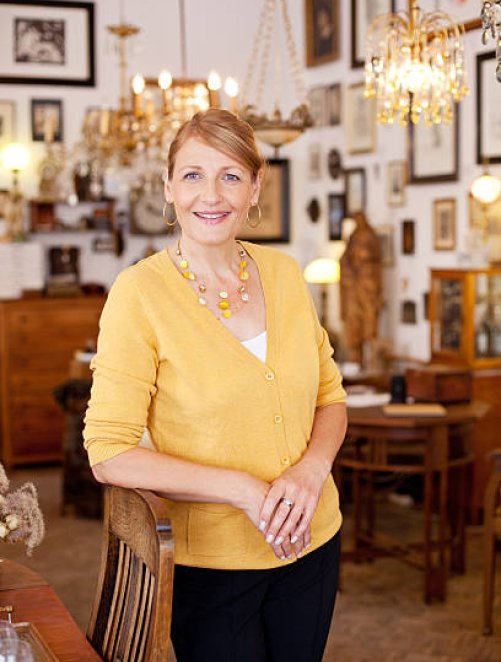









10 piece ming dynasty ko-sometsuke plate Japanese tea masters with edo period tomobako set
Rare full set with Edo period box containing 10 porcelain ming dynasty kosometsuke plates, all in good condition. Style is in octafoil, blown ink plates with Chrysanthemum central motif and surrounded by cherry blossoms. Plates can be compared to a similar octafoil white hair plate in the same style, originally sold at christies apart of the summer Peony Pavilion collection in 1989 (one plate mixed with other various plates, sold for a little over €1900.) Plates are highly inclusive of varying mushikui. Two plates have a fused kiln crack from original firing methods, both still has the bridge of cobalt between the crack. One plate is missing the cherry blossoms, possibly by intention, another has a missing trace line for the flowers Box has a faded shop mark, labels describe what is in the box, ie 10 plates, Octagonal, blown ink.
Plates are a little over 6 inches each, slight variation per plate. Box is around 11x11x12 inches.
Auction House
Yes


Hello,
This set consists of ten porcelain Ming Dynasty ko-sometsuke plates, stored in an Edo-period tomobako (wooden storage box). The term Ko-Sometsuke refers to a specific type of blue-and-white porcelain created for the Japanese market during the late Ming Dynasty (early 17th century). These plates are decorated with a central chrysanthemum motif and cherry blossoms, a traditional design symbolizing longevity and beauty. The octafoil (eight-lobed) shape is characteristic of high-quality blue-and-white ceramics made for Japanese tea ceremonies, reflecting a refined aesthetic taste that was popular among tea masters of the Edo period.
Condition & Provenance
The plates are in overall good condition with some kiln-related imperfections (mushikui or ‘insect nibbles,’ common in ko-sometsuke wares). Two plates have fused kiln cracks from original firing, maintaining their structural integrity and decorative value. One plate is missing part of the cherry blossom design, possibly due to intentional artistic choices or wear over time.









